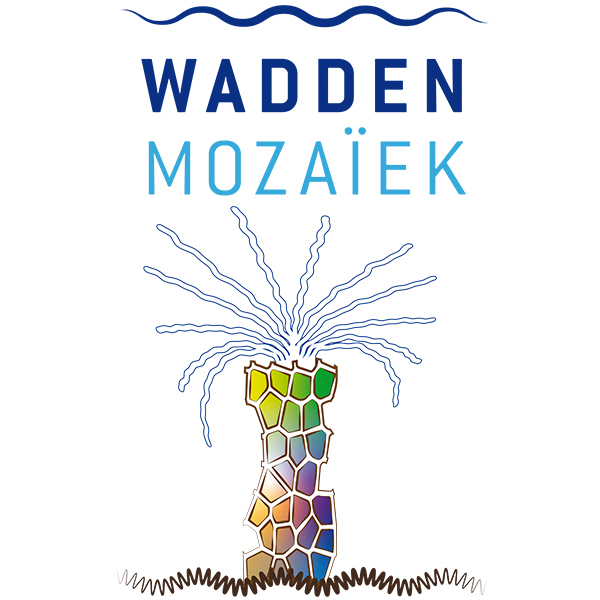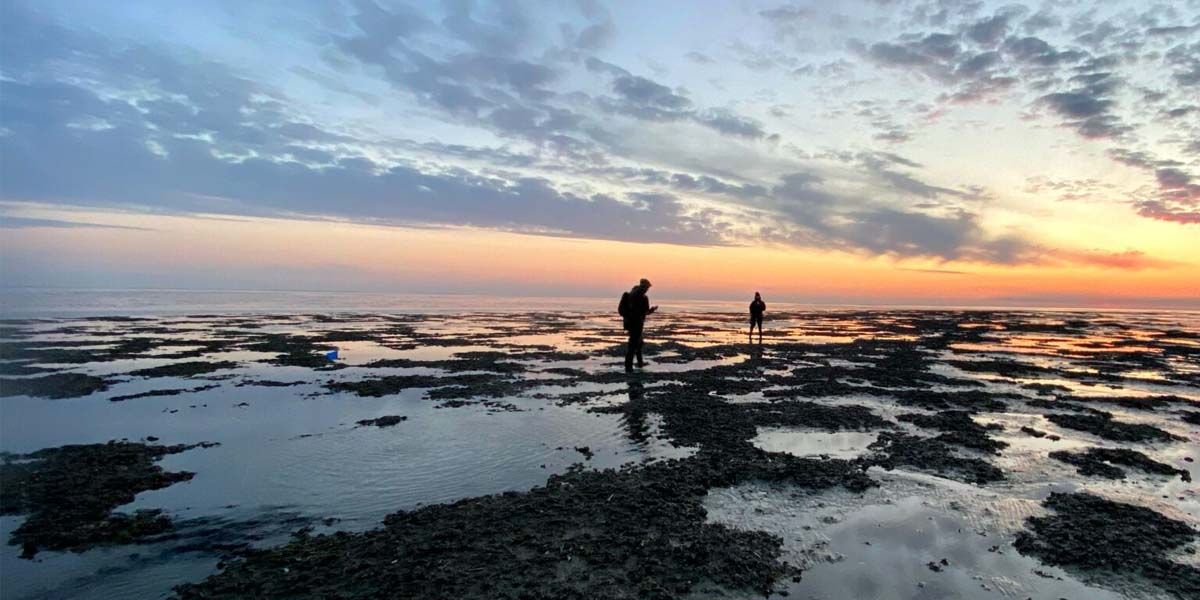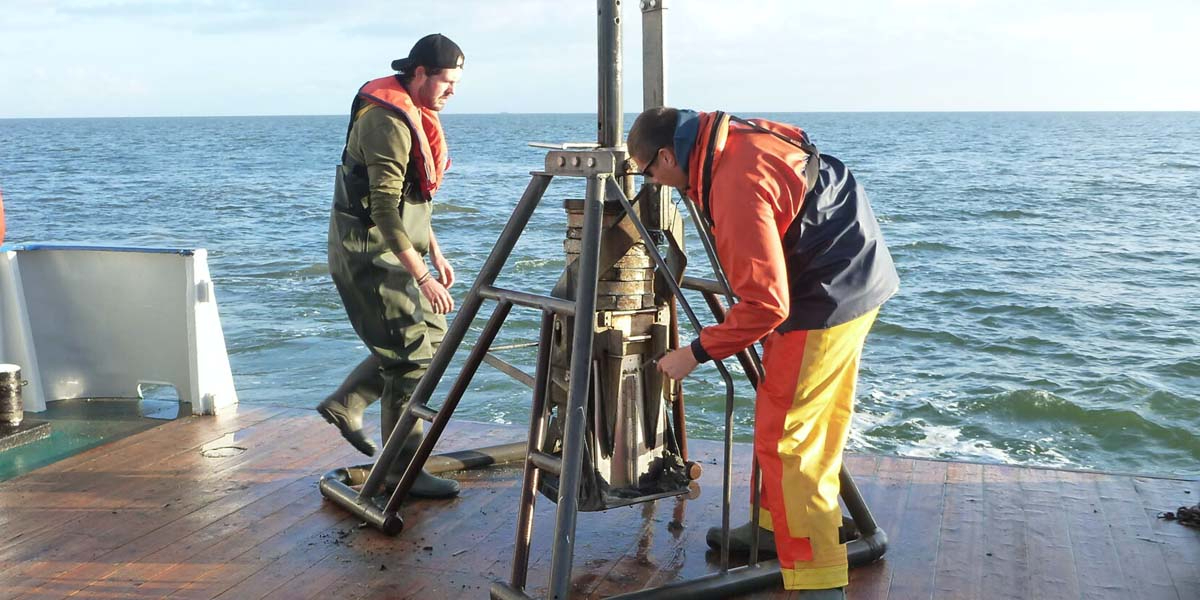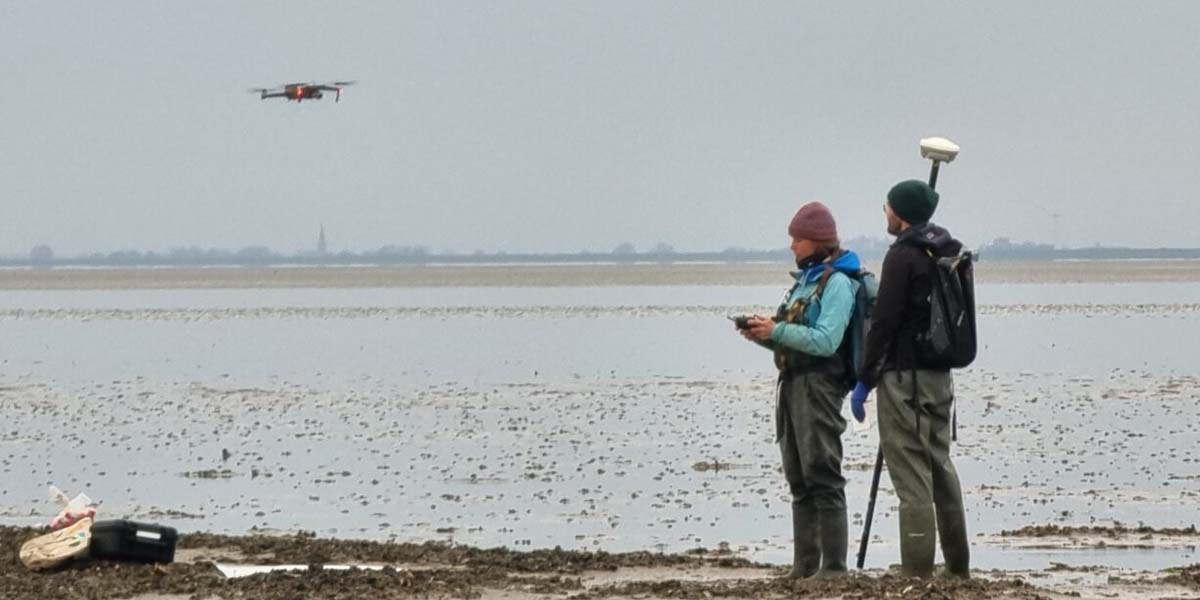Recovery experiments on benthic life
A measure that can be taken to promote the recovery of a rich benthic life in the Wadden Sea is the local closure of areas. Certain parts of the Wadden Sea are closed off to seabed-disturbing human activities, such as fishing and tourism.
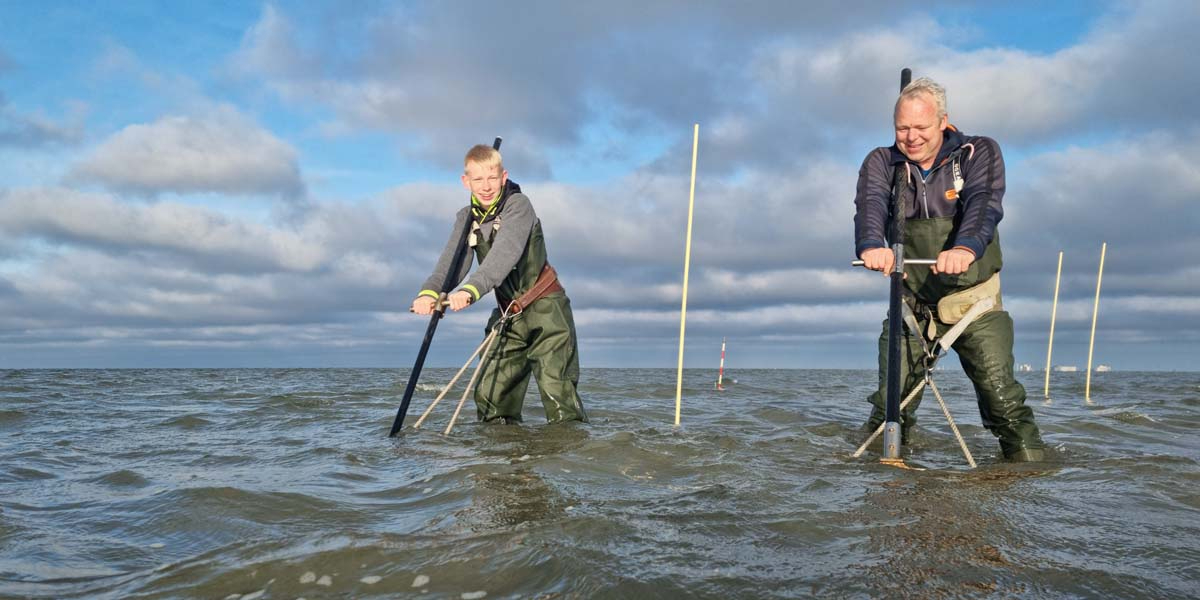
Large experiment
In Wadden Mosaic we investigate where closed areas can contribute the most to the protection of benthic life and how effective the closure of areas as a protection measure actually is. To test this, a large experiment has recently started in which researchers from the University of Groningen and NIOZ, together with a shrimp fisherman, experimentally disturb areas and then monitor the recovery of benthic life over the coming years.
High and low dynamics
Currently, there is little knowledge on the recovery of benthic life in the Dutch subtidal Wadden Sea following disturbance. This knowledge is crucial to assess how effective measures, such as the closure of areas to human activities, are. It is important to distinguish between areas with high natural dynamics (strong current, high waves) and areas with low natural dynamics. After all, the effect of an additional disturbance caused by human activity can have a different effect, depending on these different starting situations. This is because the effect of disturbance on benthic life depends on the characteristics of species that live there, and to what extent they have adapted to the naturally present degree of disturbance. In highly dynamic areas, characterised by more robust species, it is expected that benthic life will experience less effects from increased disturbance by human activity. However, in low-dynamic areas (calm water), where in general species occur that are more vulnerable and have a longer lifespan, the effects on benthic life could be considerably larger. In addition, it is important to test whether increased disturbance caused by human activity can be detrimental to these benthic communities, or whether its effect is perhaps negligible in a dynamic system such as the Wadden Sea.
Large sampling campain
Six areas have been chosen for this research that have not been disturbed in the past 5 years. These regions were chosen because they have an underlying gradient of natural background disturbance (low, medium and high dynamic regions). These areas will be disturbed experimentally over the next 2 years with the help of a shrimp boat. This disturbance is done at different frequencies and with different intensities (different number of passes), leaving one of the areas untouched to see whether the response of the benthic life depends on these factors. In June we conducted a first sampling round with the cockle fishermen of the TX-96. This way, we examined what the benthic life looks like without disturbance. The first experimental disturbance has occurred in September. For this we worked together with the fishermen of the LO-8, after which a new sampling round took place. This will be compared with the ‘zero situation’ in June to map the first effects of disturbance.
Read more on the website of waddenmozaiek.nl
